Someday Maybe by The Clarks
Buy Someday Maybe Although this group has had a long and fruitful career which continues to this day, The Clarks only had one major label release. The 1996 record Someday Maybe is a […]
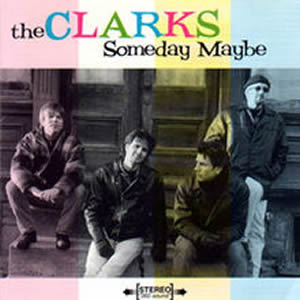
Buy Someday Maybe Although this group has had a long and fruitful career which continues to this day, The Clarks only had one major label release. The 1996 record Someday Maybe is a […]
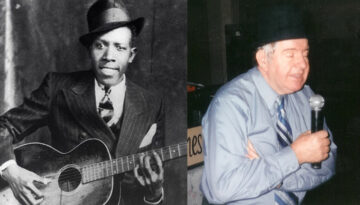
Buy King of the Delta Blues Singers On November 23, 1936 in San Antonio, TX, a young blues man from the Mississippi Delta cut the first half of his famed 29 recorded tracks. […]
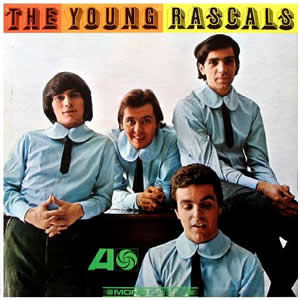
Buy The Young Rascals The 1966 self-titled debut by The Young Rascals is made mostly of cover songs. However, this in no way implies that the album is unoriginal as the quartet’s original […]
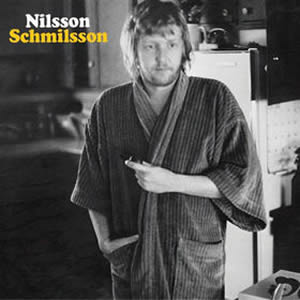
Buy Nilsson Schmilsson The seventh studio album by Harry Nilsson, the music on 1971’s Nilsson Schmilsson unfolds almost like a television variety show with its incredible diversity in musical style. The most commercially […]
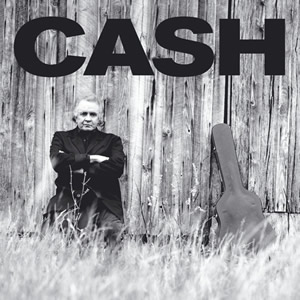
Buy American II: Unchained Building on the momentum of his 1994 comeback album, American Recordings, country/rock legend Johnny Cash decided to do a sequel in what would become a very successful late career […]